Balayage vs. Ombré: What's The Difference and Which is Best For You?
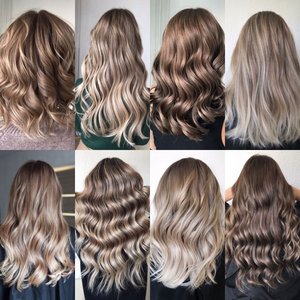
Are you fluent in hair color? It feels like you reach the point where you think you understand all the terms, and then a new word comes along. And you’re mystified once again. First there was ombré. Then balayage. Then foilayage and sombré. It’s a lot! But all isn’t lost: The pros at Matrix are native hair color speakers and they’re more than happy to translate for you. From dark hair lighter ends (in other words, dark hair on top, light on bottom, hair color ombré balayage, to ombré hair definition, we’ll cover it all. Class is in session: Let’s get started.
Ombré or balayage? What’s the difference and how do you choose?
What is Ombré?
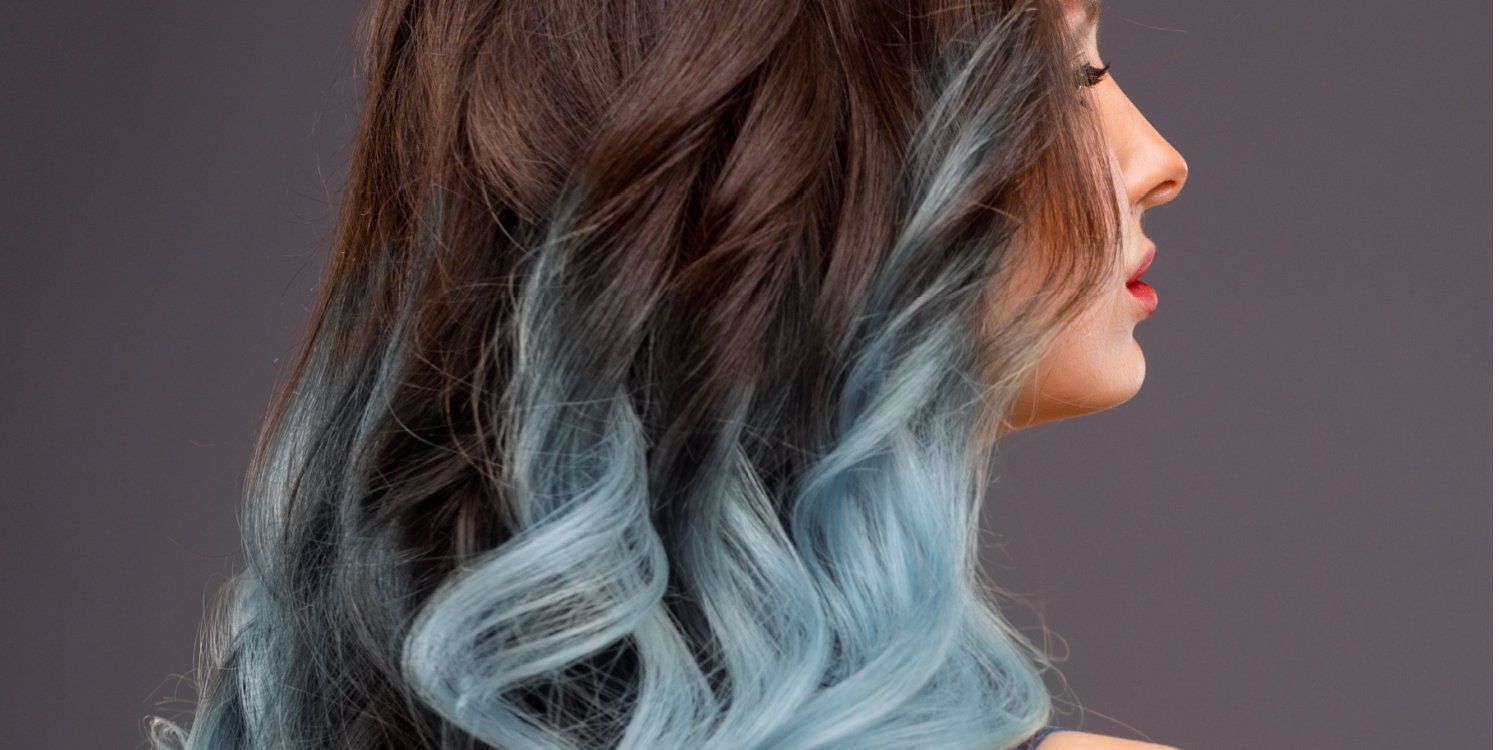
Ombré is a two-toned color effect that can be achieved with natural hair color or fashion hair color shades, like this.
In French, ombré refers to shade or shadow. In the hair color world, ombré is a dramatic, two-toned hair color effect that is typically darker at the top and lighter on the bottom. Often the dark, top section is your natural hair color shade, and the bottom section is lightened with hair lightener and then toned to the desired hair color result. An ombré hairstyle can also be any color combination—natural blonde, brown or red, or something more artistic like pink, blue, green or purple. There are also multiple ways to get that radiant gradient: hair darker on top lighter on bottom, hair light on top dark on bottom, slightly lighter hair on top darker on bottom—ombre hair definition varies widely. Ombré hair color is versatile, customizable—and suitable for most long and medium hair lengths. Ombré hair color’s major pluses? It’s easy on the budget. You don’t have to touch it up often, as the top section remains dark. In other words, no roots with this look! The overall effect of ombré hair color can change as your hair grows out—so you get multiple hair colors for the price of one.
What is Sombré?
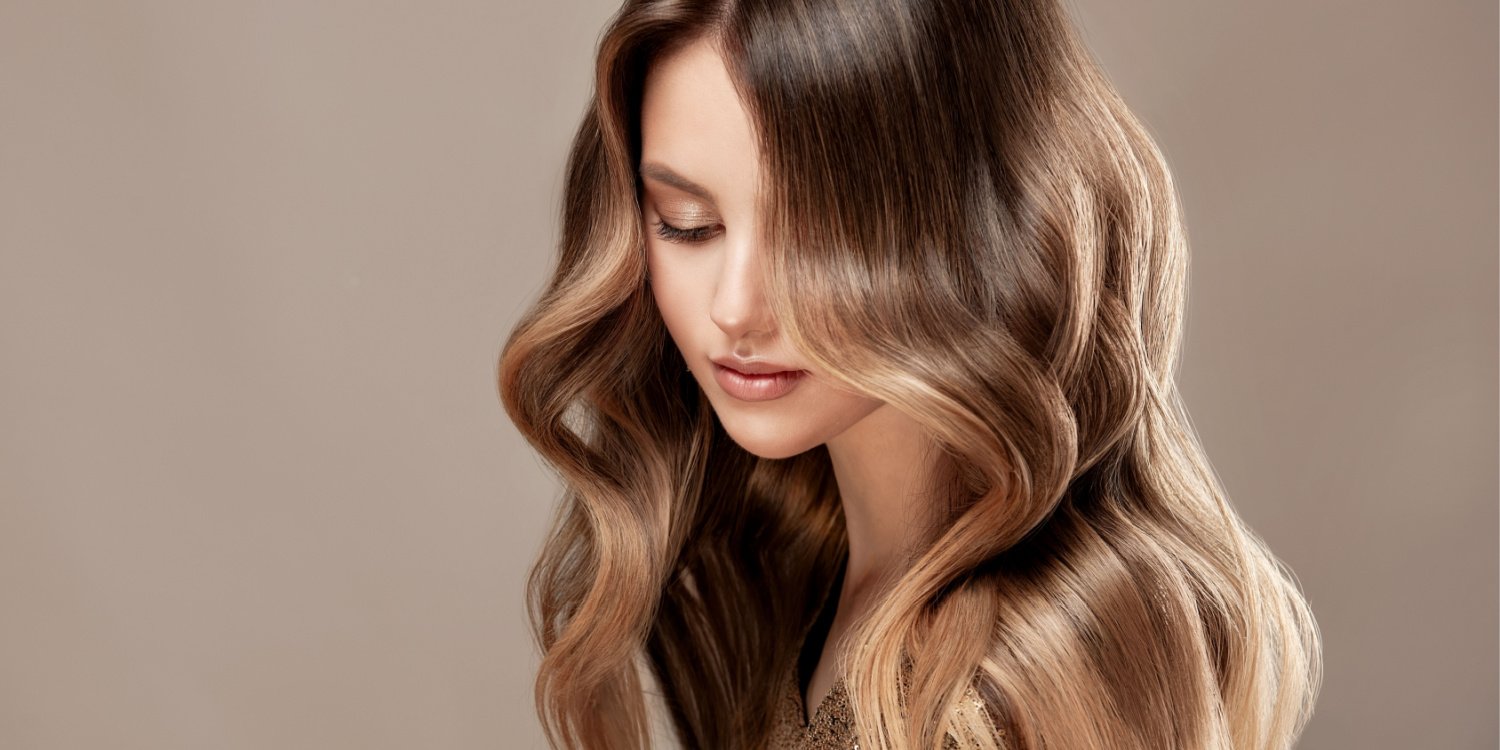
Pros describe sombré as “ombré-light.”
Sombré is a subtler version of ombré—the contrast between the two tones is softer. Another variation of sombré is called color melting. In color melting, two or three hair color shades may be used on each strand, and each shade is blended with the side of the hair color brush so they appear to melt into each other. Like ombré, color melting can be done with natural-looking hair color shades or with any of the fun colors of the rainbow!
Is Ombré for You?
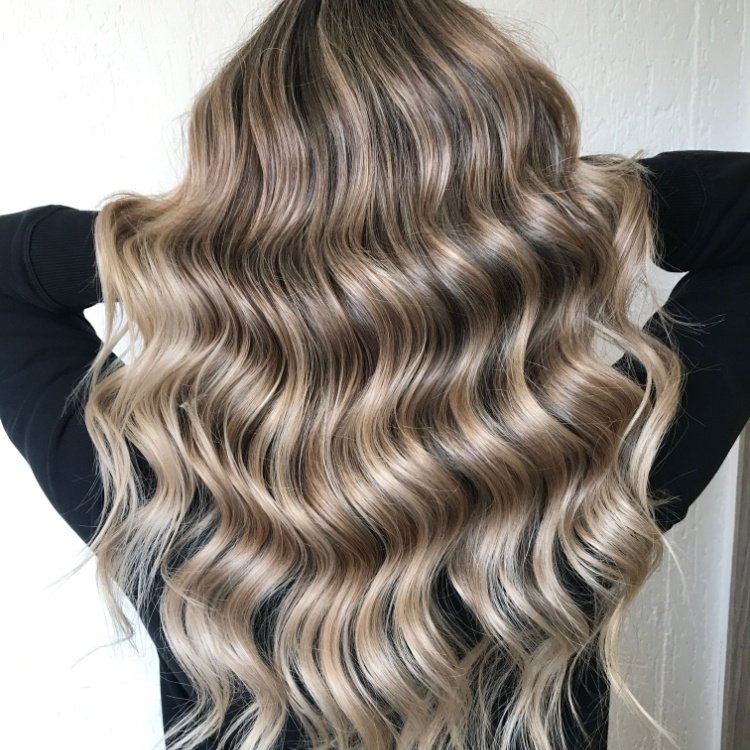
In addition to making a style statement, ombré hair color is easy on your budget because you don’t have to touch up this hair color too often.
If you’re creative and adventurous with your personal style, go for it! Just be sure your hair is healthy, otherwise your hair color will look dull and will fade quickly. If necessary, spend some time using healthy, healing conditioning treatments or hair masks to improve the condition of your hair before heading to the salon for your ombré hair color. For medium-to-fine hair, stylists love the new Matrix Food for Soft Rich Hydrating Treatment. It’s packed with avocado oil and hyaluronic acid—two ingredients that restore moisture in even the most porous hair, without weighing strands down. If your hair is thick or coarse, bring it up to speed with Matrix A Curl Can Dream Rich Mask, a more intense moisturizing formula with Manuka honey extract. Whether you opt for light hair on top dark on bottom, or dark hair on top light hair on bottom, you’re sure to find the hydration you need to keep your color looking rich and dimensional.
What is Balayage?
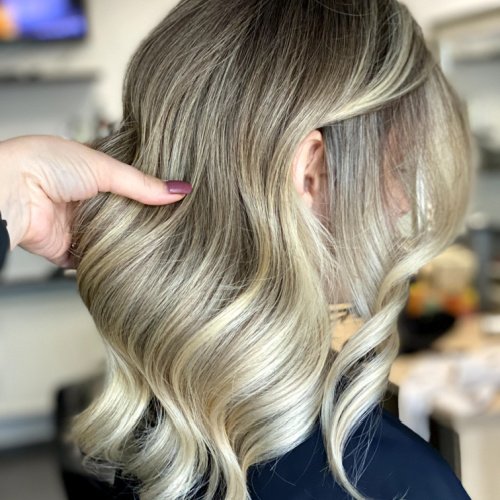
Seen above, hair balayage ombre. Balayage highlights give any hair style a natural, sun-kissed glow.
Let’s talk about balayage ombre hair color. In French, balayage translates to “sweeping.” In the hair color world, balayage highlights are hand-painted or swept along the surface of the hair. The application begins away from the roots and gradually becomes heavier as it travels along the section, culminating in the heaviest application of lightener or hair color at the ends. Because the hair color or lightener is concentrated on the surface of each section, the underside remains darker, which gives the hair a very natural, dimensional effect. The resulting subtle balayage hairstyle mimics a natural, sun-kissed effect. Balayage can be done on any hair color, from blonde hair to red hair to brown hair, although it’s typically not the first choice for super dark brunettes. It’s beautiful on long hair and on medium-length hair. Ombré balayage highlights are cost-effective because they don’t require frequent touch ups since the hair at the top is kept darker.
Different Types of Balayage
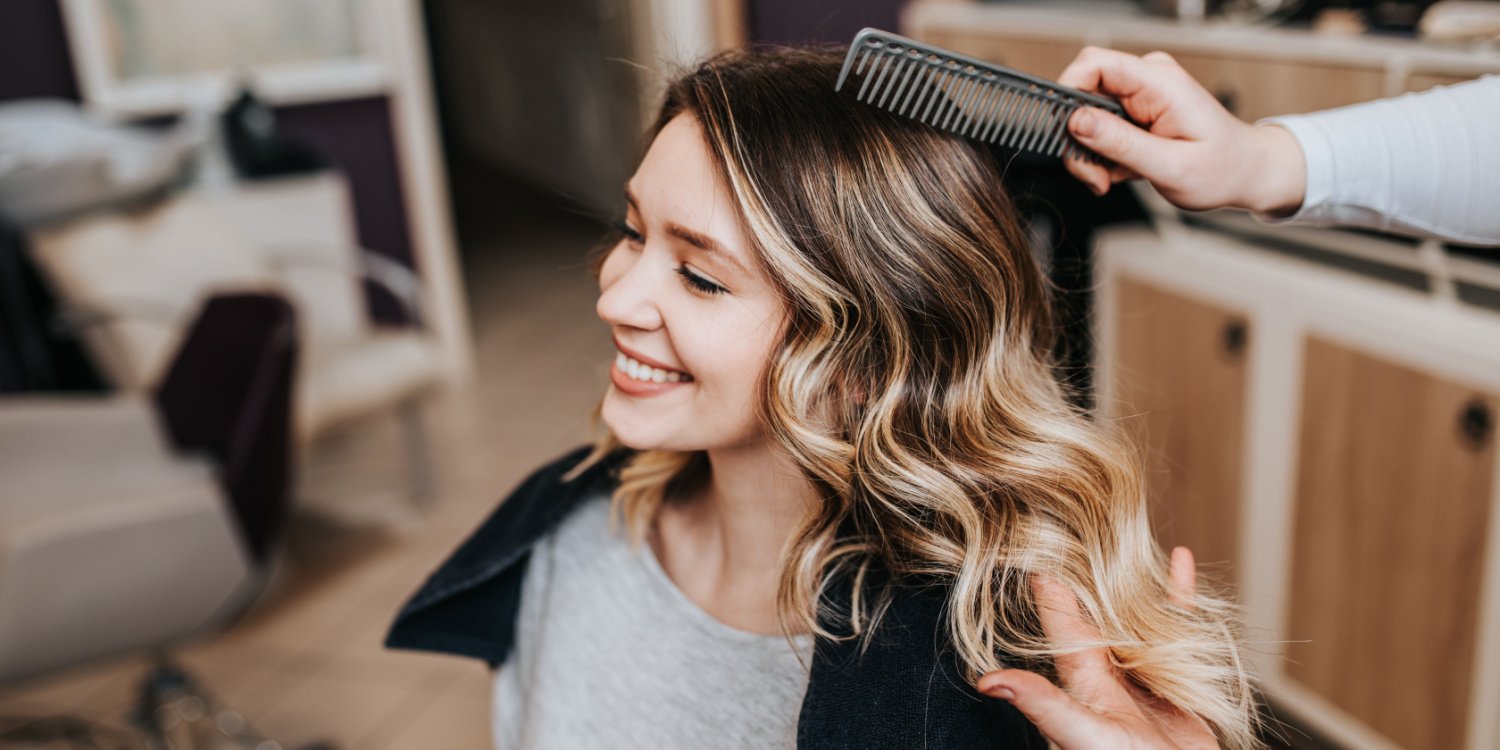
Artistic hair stylists might complement balayage with fine highlights at the hairline and around the face.
Because balayage is a hand-painting technique, your colorist’s artistry comes into play and allows for variations and color compositions. Hair colorists might combine several shades for a shimmering, dimensional result. Heavier balayage can produce a more solid hair color effect, while fewer balayage highlights keep the hair darker with more contrast.
If your hair is dark, your hair colorist may opt for a foilayage technique. In foilayage, instead of allowing the balayage highlights to process in the air after they’re applied, they’re wrapped in foil, which provides more heat, and amplifies the lightening process. Balayage may also be combined with conventional highlights placed closer to the face, or with fine babylights placed around the face and hairline for a complexion-boosting glow.
Is Balayage For You?
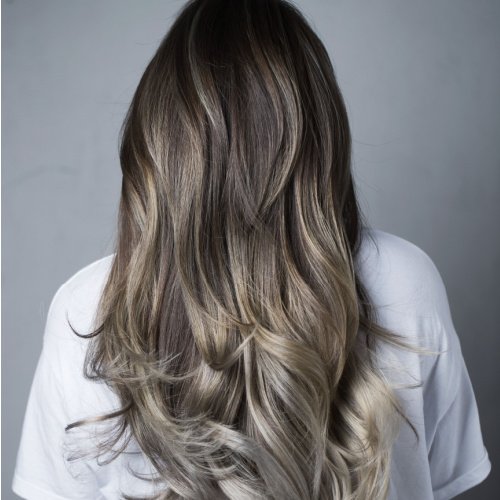
Balayage gives nearly any hair color natural-looking dimension.
If you love sexy, natural-looking hair color (and who doesn’t?) balayage is a beautiful choice! The versatility of balayage hair color will bring nearly every hairstyle to life!
To keep your balayage highlights free of unwanted warm tones, look to neutralizing formulas like Matrix Brass Off and So Silver. Brass Off contains blue pigments that cancel out brassy orange tones. The entire collection—Shampoo, Conditioner, Custom Neutralization Mask and All-In-One Toning Leave-In Spray—has become the brass-busting standard in the world of hair color. For lighter blonde and silver hair color, So Silver is the solution for eliminating unwanted yellow in the hair. So Silver Shampoo, All-In-One Toning Leave-In Spray and Triple Power Toning Hair Mask contain purple pigment that takes the edge off dingy yellow tones.





